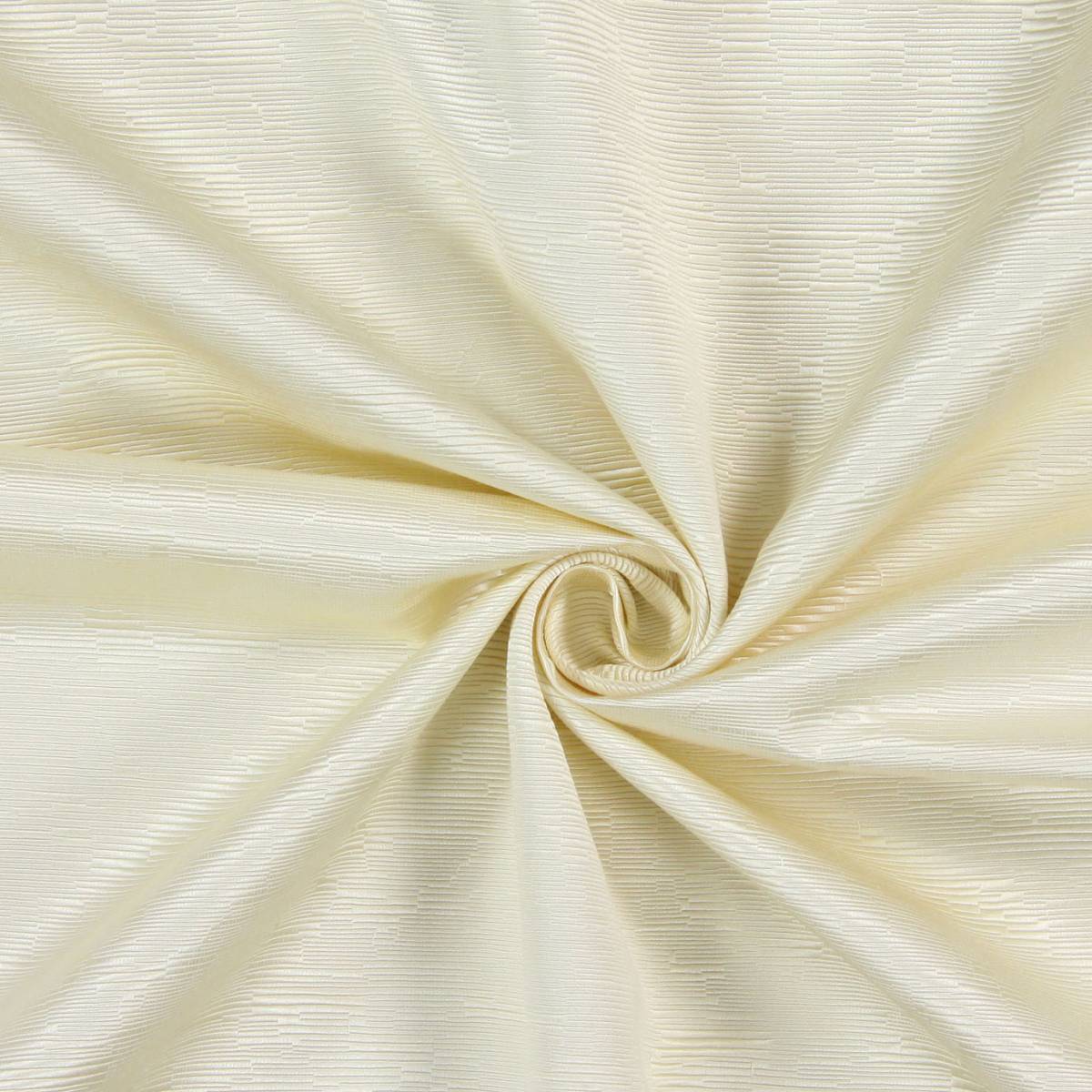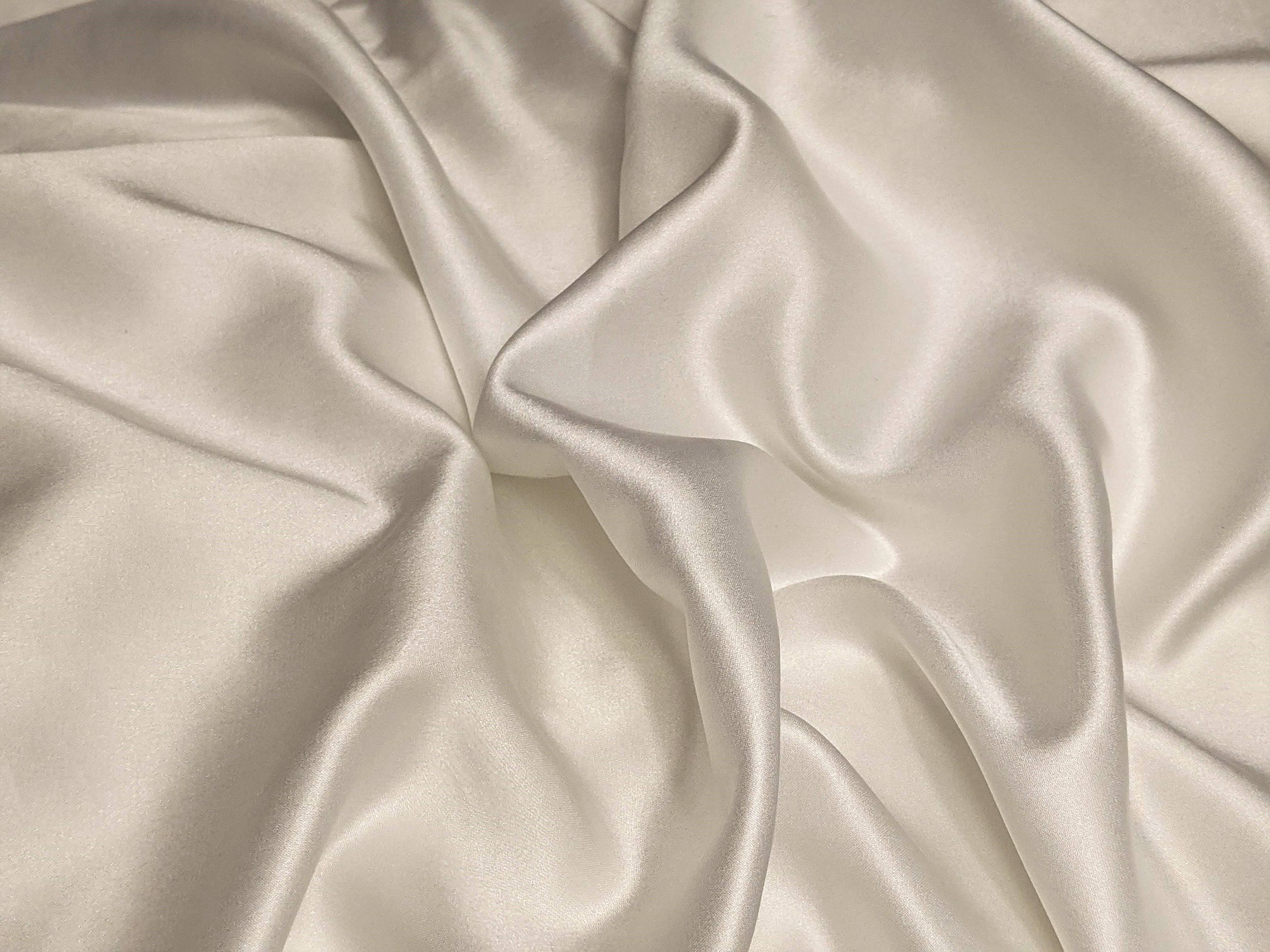Bamboo Vs Modal: What is the Difference and Which is Better

Bamboo Vs Modal Fabric:
Bamboo or modal? Discover the key differences between these popular sustainable fabrics, their unique benefits, and how to choose the right one for your clothing brand.
When seeking luxuriously soft and breathable fabrics for clothing, especially for sleepwear and loungewear, bamboo and modal often top the list. Both are eco-friendly alternatives to traditional textiles and offer exceptional comfort. But which one is the better choice for your brand?. This comprehensive guide dives into the key characteristics of bamboo and modal fabrics, helping you make an informed decision for your sustainable brand.
1. What are Bamboo and Modal Fabrics?
What is Bamboo Fabric?
Bamboo fabric is a type of textile made from the fibers of the bamboo plant. Bamboo is a fast-growing grass that requires minimal water and pesticides to thrive, making it a sustainable alternative to other fabrics such as cotton. The fibers are extracted from the bamboo plant and then processed to create a yarn that can be woven into fabric.

What is Modal Fabric:
Modal is a semi-synthetic fabric made from beech tree pulp. It is known for its softness, breathability, and durability. Modal fabric is often used in clothing such as underwear and sleepwear. It is a form of rayon, though more durable and flexible than its original counterpart. Modal is widely considered to be an eco-friendlier alternative to cotton as beech trees do not need as much water to grow, greatly lowering the environmental impact.

2- Bamboo vs. Modal: Fabric Benefits
Benefits of Bamboo Fabric
Bamboo fabric offers numerous benefits that make it a popular choice among consumers.
Feel: Bamboo fabric is incredibly soft and gentle on the skin, providing a luxurious feel similar to cashmere or silk. This makes it comfortable and soothing for everyday wear or sleepwear.
Breathability: Bamboo fabric is highly breathable, allowing air to circulate and regulate body temperature. It is an excellent choice for sleepwear, especially in warmer climates, as it helps keep the body cool and comfortable throughout the night.
Moisture-wicking: Bamboo fabric has moisture-wicking properties, absorbing moisture to keep the skin dry. This makes it suitable for individuals with night sweats or those who prefer a drier sleep environment, contributing to a more comfortable and restful sleep.
Hypoallergenic and Antibacterial: Bamboo fabric is naturally hypoallergenic and antibacterial, resisting odor-causing bacteria and making it suitable for individuals with allergies or sensitive skin. This feature contributes to a fresher and more hygienic fabric, ideal for various clothing items.
Durability: Despite its soft and delicate feel, bamboo fabric is durable and long-lasting. It can withstand regular washing and drying without losing its softness or shape, reducing the need for frequent replacements and making it a sustainable choice for clothing.
Sustainable Choice: Bamboo is a renewable resource that requires minimal water and pesticides to grow. This eco-friendly aspect makes bamboo fabric an attractive option for environmentally conscious consumers.
Benefits of Modal Fabric
Feel: Modal fabric is renowned for its exceptional softness and smoothness, offering a silky hand-feel that makes it a popular choice for sleepwear and intimate apparel. The fabric drapes beautifully on the body, providing a flattering and comfortable fit.
Breathability: Modal fabric is breathable, allowing heat and moisture to escape from the body. While not as breathable as bamboo fabric, it still offers a comfortable sleep experience, especially in moderate climates.
Moisture-wicking: Modal fabric is moisture-wicking, helping to keep the skin dry and comfortable. It allows moisture to evaporate, contributing to a more comfortable sleep environment.
Durability: Modal fabric is resistant to fading, pilling, and shrinking, ensuring that garments made from it retain their color and shape over time. However, some variants may require delicate handling due to their delicate nature compared to bamboo fabric.
Excellent Drape: Modal fabric drapes beautifully on the body, creating a flattering and comfortable fit for various clothing styles.
3- Modal vs Bamboo Fabric: Examining the similarities
Both bamboo and modal fabrics share several similarities. Firstly, they are both made from natural materials. Bamboo fabric is derived from the bamboo plant, while modal fabric is made from beech tree pulp. Secondly, both fabrics are highly breathable and absorbent. They have a natural ability to wick away moisture from the skin, making them ideal for warmer climates or individuals who tend to sweat during sleep. Lastly, bamboo and modal fabrics are hypoallergenic and anti-bacterial, making them suitable for people with sensitive skin.

4- Modal vs Bamboo Fabric: Understanding The Differences
While bamboo and modal fabrics share many similarities and benefits, they also have some notable differences.
Softness
Modal: Modal fabric is prized for its luxurious softness and silky feel against the skin. The processing of beech tree pulp results in smooth and gentle fibers that are highly comfortable to wear.
Bamboo Viscose: Similarly, bamboo viscose is renowned for its softness, providing a delicate and pleasant touch. The natural properties of bamboo contribute to the fabric’s inherent softness, making it a favored choice for sensitive skin.
Breathability
Modal: Both modal and bamboo viscose are highly breathable fabrics, but modal is exceptionally effective in this regard. Modal fibers have an open structure that allows air to circulate freely, promoting better ventilation and keeping the wearer cool and comfortable. This makes modal an ideal choice for warm-weather clothing.
Bamboo Viscose: Bamboo viscose is also breathable but may not be as efficient as modal in terms of airflow. Nonetheless, it still offers good breathability, making it suitable for various clothing items that require comfort and temperature regulation.
Durability
Modal: The durability of modal fabric can vary depending on the quality of the fibers and the specific production processes used. Generally, modal is known for its softness and comfort, but it may be less resistant to abrasion compared to some other fabrics. Lower-quality modal garments may be more prone to pilling and wear over time.
Bamboo Viscose: Bamboo viscose is generally more durable compared to modal, particularly when high-quality fibers and proper manufacturing techniques are used. Bamboo viscose fabrics can withstand regular use and washing without losing their softness and integrity. High-quality bamboo viscose garments can be long-lasting and retain their appearance for an extended period of time.
Maintenance
Modal: Modal fabric requires delicate handling and care to maintain its softness and quality. It is recommended to wash modal garments in cold water and avoid using harsh detergents or bleach. Additionally, modals should be air-dried or tumble-dried on low heat to prevent damage.
Bamboo Viscose: Bamboo viscose is generally easy to maintain and care for. Like modal, it is best to wash bamboo viscose clothing in cold water with mild detergents. The fabric is resilient and can withstand gentle machine washing. Air-drying or tumble-drying on a low setting is also recommended for bamboo viscose garments.

5- Factors to Consider When Choosing Between Bamboo and Modal Fabric
Environmental Impact: Bamboo is generally considered the more sustainable choice due to its rapid growth rate and minimal water requirements. However, ensure that the bamboo fabric is sourced from a responsible manufacturer with eco-friendly practices.
Durability: Bamboo fabric tends to wrinkle less and offers better durability compared to modal. This makes it a good option for activewear, plus-size clothing, or items that need to maintain their shape.
Breathability and Moisture Absorption: Both fabrics breathe well, but bamboo excels in moisture absorption, keeping you cool and dry.
Softness and Comfort: Modal boasts an incredibly soft and smooth feel, making it ideal for sleepwear and undergarments where ultimate comfort is key.
Shape Retention and Wrinkling: Modal retains its shape better and wrinkles less than bamboo, making it a good choice for dresses, shirts, and garments that require a polished look.
Price: Modal is generally more affordable than bamboo fabric.
Ultimately, the best fabric comes down to your individual needs and preferences. Consider the factors mentioned above to make an informed decision.
Conclusion
In conclusion, both bamboo and modal fabrics offer unique benefits and are excellent choices for sleepwear and intimate apparel. Bamboo fabric is known for its exceptional softness, breathability, and eco-friendly properties. It is a sustainable alternative to traditional fabrics and provides a luxurious sleep experience. Modal fabric, on the other hand, offers a silky hand-feel, drapes beautifully on the body, and is also breathable and moisture-wicking. Ultimately, the choice between modal and bamboo will depend on individual preferences, intended uses, and a desire to make eco-conscious decisions in the world of fashion and textiles.
